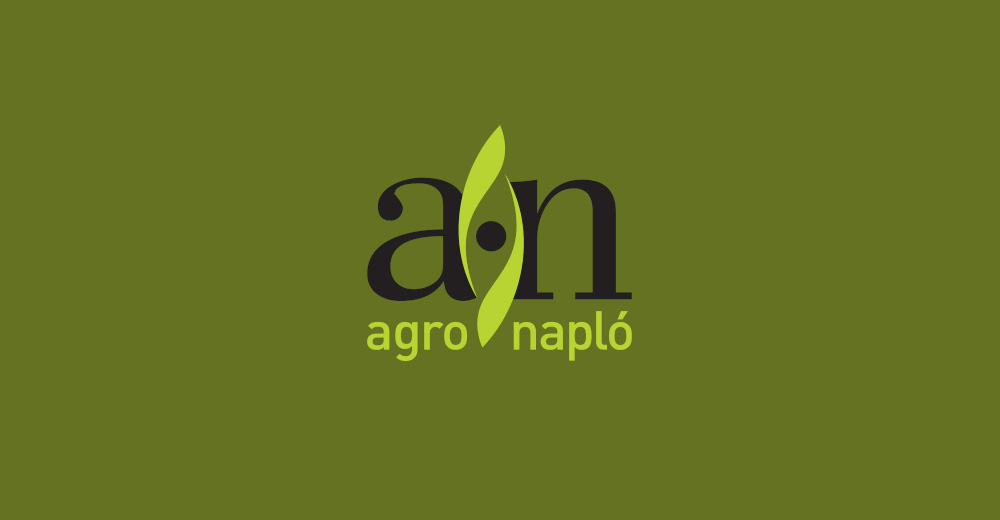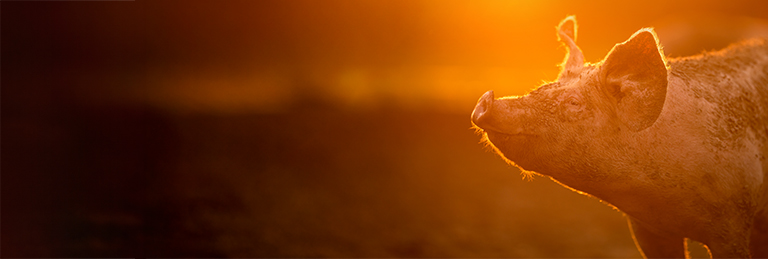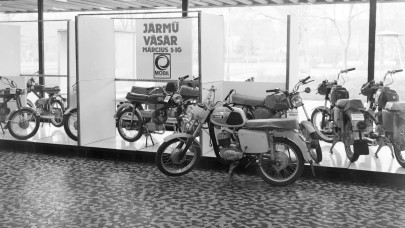New limits for intensive farms-derived emissions
Nutritional management, animal rearing, and management of manure are the main farm processes and activities affected by the review of the IRPP BREF. The BAT conclusions set, for the first time at the EU level, limits for ammonia emissions to air from animal housing and for excretions of nitrogen and phosphorus for six categories of pigs or poultry. Addressing these emissions can reduce the environmental impact from the large poultry and pig farms covered by the new requirements and will help the implementation of the new National Emission Ceilings (NEC) Directive, the Nitrates Directive and the Water Framework Directive.
According to the European Environment Agency, agriculture is responsible for 94% of ammonia emissions. Excessive levels of ammonia are linked to negative effects on aquatic ecosystems such as rivers and lakes, damage to forests, to some extent also to crops and other vegetation, and reduction in water and air quality, not in the least as precursor for secondary fine particulates (secondary PM).
BAT conclusions are the technical basis for national authorities in EU countries to set permit conditions for large poultry or pig farms. Within four years the authorities must ensure that the permit conditions for the farms concerned are reconsidered and, if necessary, updated. If the authorities use the BAT conclusions to set permit conditions at the lowest end of the indicated emission level ranges, this can drive a sizeable reduction of ammonia emissions from the large farms subject to the new environmental standards.
In addition to standards for ammonia emissions to air from animal housing, also environmental issues such as dust, odour and noise emissions are part of the new BAT conclusions.
Best available techniques – background information
Best available techniques (BAT) conclusions aim at achieving a high level of protection of the environment as a whole under economically and technically viable conditions. They cover not only the emission levels and other environmental performance of several (production) techniques but also include standards for how the technology is used and the way in which the installation is designed, built, maintained, operated and decommissioned.
The so-called Seville process defines the production and the adoption of the Best Available Techniques (BAT) Reference Document and its subsequent BAT conclusions.
The drafting of the BAT conclusions has been led by the European Commission's Joint Research Centre (JRC) through its European Integrated Pollution Prevention and Control Bureau (EIPPCB) and drawn up with the involvement of experts from industry, EU public authorities, environmental NGOs and the European Commission. The European Commission has adopted the revised Best Available Techniques (BAT) conclusions for the intensive rearing of poultry or pigs after the positive vote of the Regulatory Committee of the Industrial Emissions Directive (IED) 2010/75/EU, which regulates emissions to air, water and soil of about 50 000 industrial installations across the EU.
The BAT conclusions for the intensive rearing of poultry or pigs constitute the 11th of a series of Commission Implementing Decisions adopted under the Industrial Emissions Directive (IED). The EIPPCB is currently reviewing BAT reference documents for the following sectors: large combustion plants, large volume organic chemical industry, waste treatment, food drink and milk, waste incineration, surface treatment using organic solvents (including wood and wood-products preservation with chemicals), ferrous-metals processing and common waste gas treatment in the chemical sector.
Via ec.europa.eu







